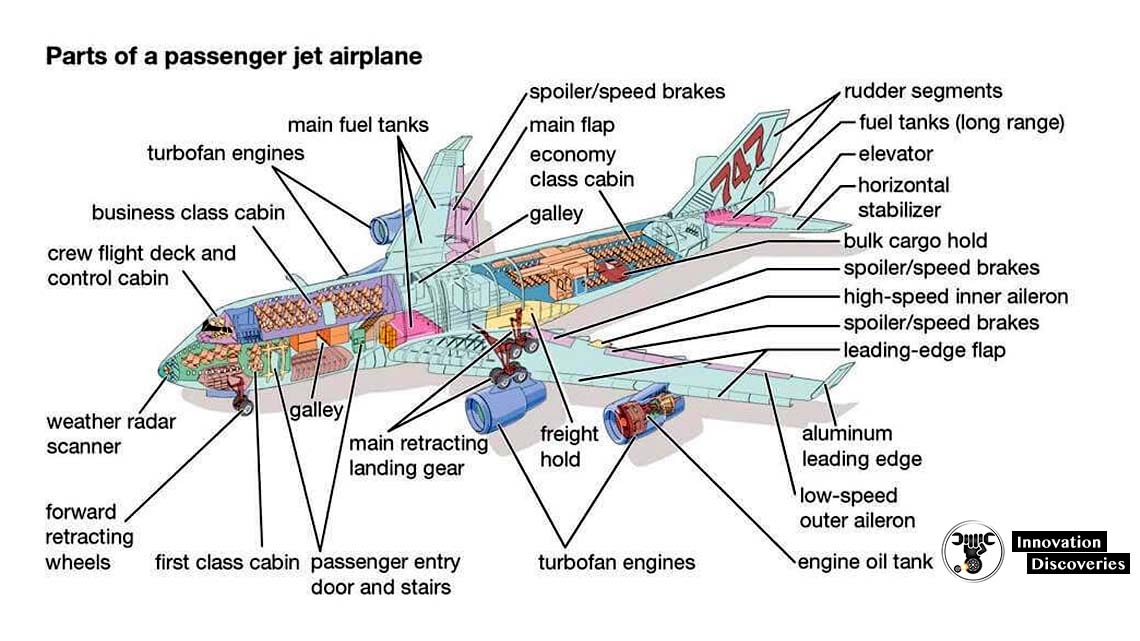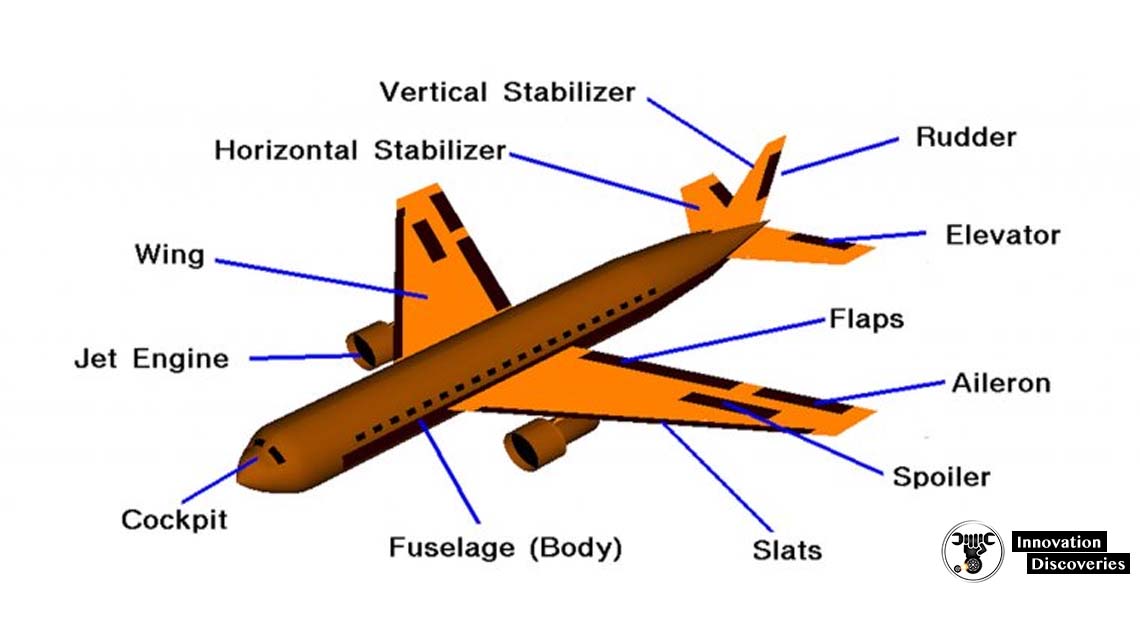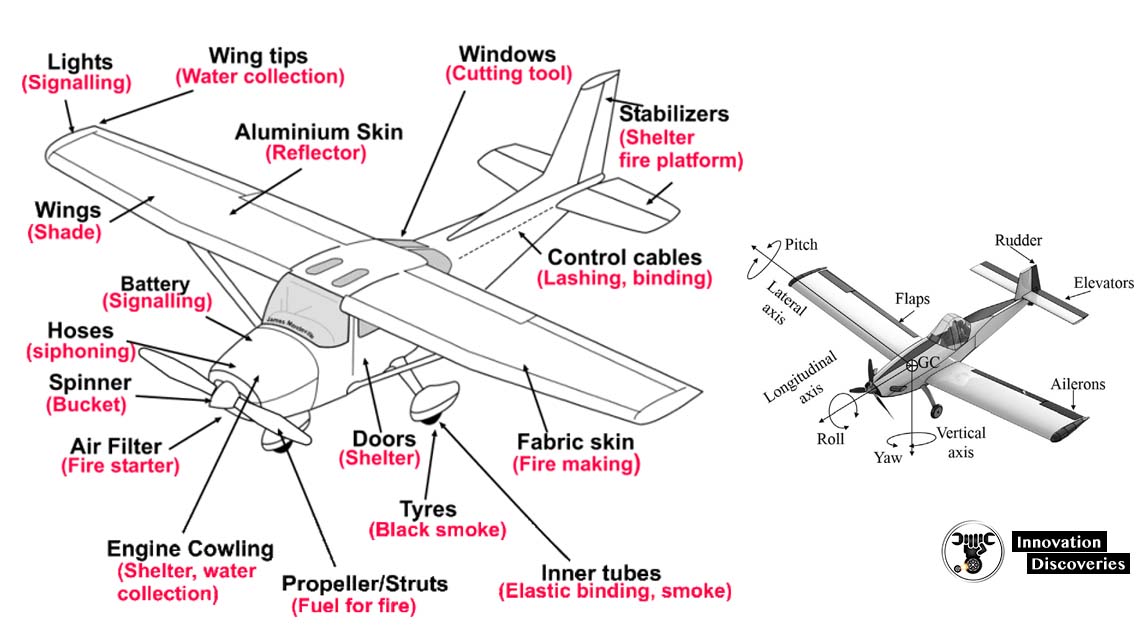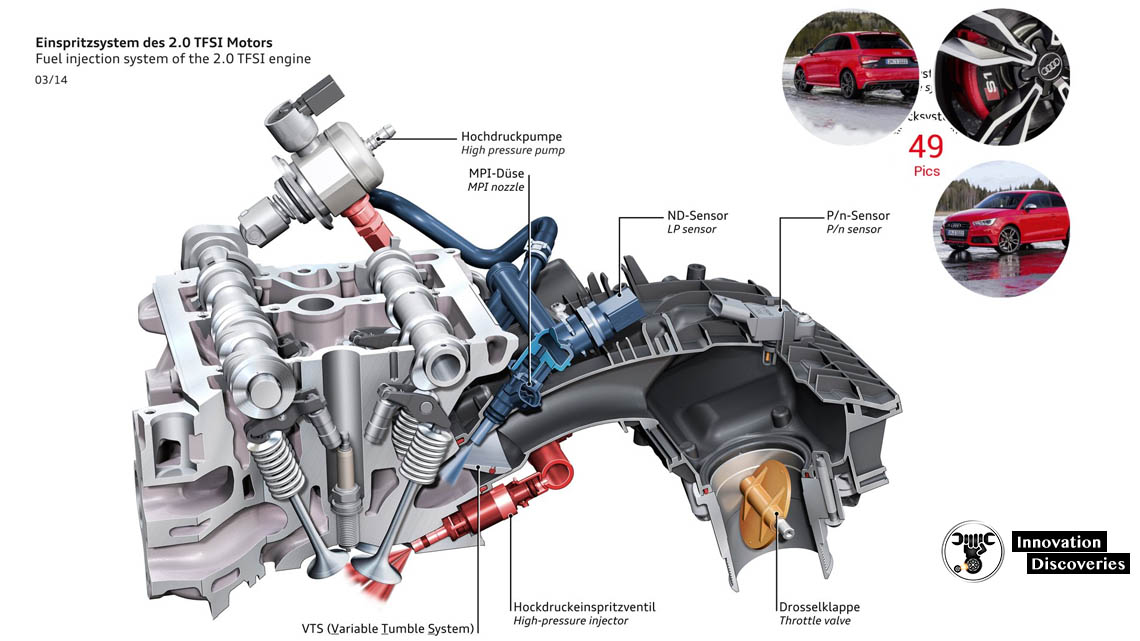An airliner is typically defined as an aircraft intended for carrying multiple passengers or cargo in commercial service. When the Wright brothers made the world’s first sustained heavier-than-air flight, they laid the foundation for what would become a major transport industry.
An airliner is typically defined as an aircraft intended for carrying multiple passengers or cargo in commercial service. When the Wright brothers made the world’s first sustained heavier-than-air flight,
They laid the foundation for what would become a major transport industry.

Listing every single component of an airplane is almost impossible.
JAES, besides being a qualified partner for some of the most important aircraft manufacturers.
It is constantly engaged in the supply of all those spare parts necessary for the production, assembly, repair and maintenance of aircraft.

First, let’s take a closer look at the wing of the plane.
The wings, as well as the tails of airplanes, have many moving elements.
In this section, we are able to see the shape of the wing. We notice the wing has a teardrop shape and when the aircraft begins to move in that direction,
The airflow will hit the wing following these trajectories.

In addition,
The airflow entering at point A should have the same speed as the airflow at point B. In this situation, we are led to believe that the upper airflow is faster because it has to travel more airfoil surface than the lower airflow.
Actually, speed has nothing to do with this situation, in fact, the upper airflow is simply more rarefied, which means that its molecules are more distant from each other while they travel across the wing surface. The lower airflow, on the other hand, is less rarefied and therefore its molecules are closer to each other.
The lower airflow has more molecules than the upper airflow.
This creates a difference in pressure between the two parts. The low pressure on the top creates an upward suction effect that allows the wing, and consequently the whole aircraft, to lift up. In addition, the numerous molecules of the lower airflow to create a high-pressure effect, that allows the upward-lifting of the wing. But this is not the only reason why planes fly.

In addition to this pressure difference, the COANDĂ EFFECT comes into play, which is is the tendency of a fluid jet to stay attached to a nearby surface. This effect can clearly be shown by placing a simple spoon under running water. Or a common glass jar.
The fluid, or in this case the airflow, moving along the wing surface causes friction, which tends to slow it down. This slowing only affects the molecules in direct contact with the wing. The airflow coming in a straight line hit the wing and follows its shape all the way out.
This contributes to lifting the plane. So, the greater the airflow investing the wing, the greater the upward thrust. This is why planes to take off must reach high ground speed.


An idea to increase the effect of this upward thrust is to change the shape of the wings by adding some moving elements such as SLATS and FLAPS, which by opening up they increase the deflection as well as the wing surface.
When SLATS and FLAPS are activated by the pilot there is a substantial increase in the vertical speed, also known as DOWNWASH, this allows to increase the thrust. These ailerons instead can move up and down and for this reason, the lift force can decrease or increase respectively.
At the tail of the plane, you can see two main elements: the RUDDER that moving to the right and left allows control of the horizontal force and the ELEVATORS that moving up and down allow control of the vertical force generated on the tail.
Thanks to these moving parts, it is possible to control the direction of the aircraft, from the take-off to the landing phase…






7 Comments